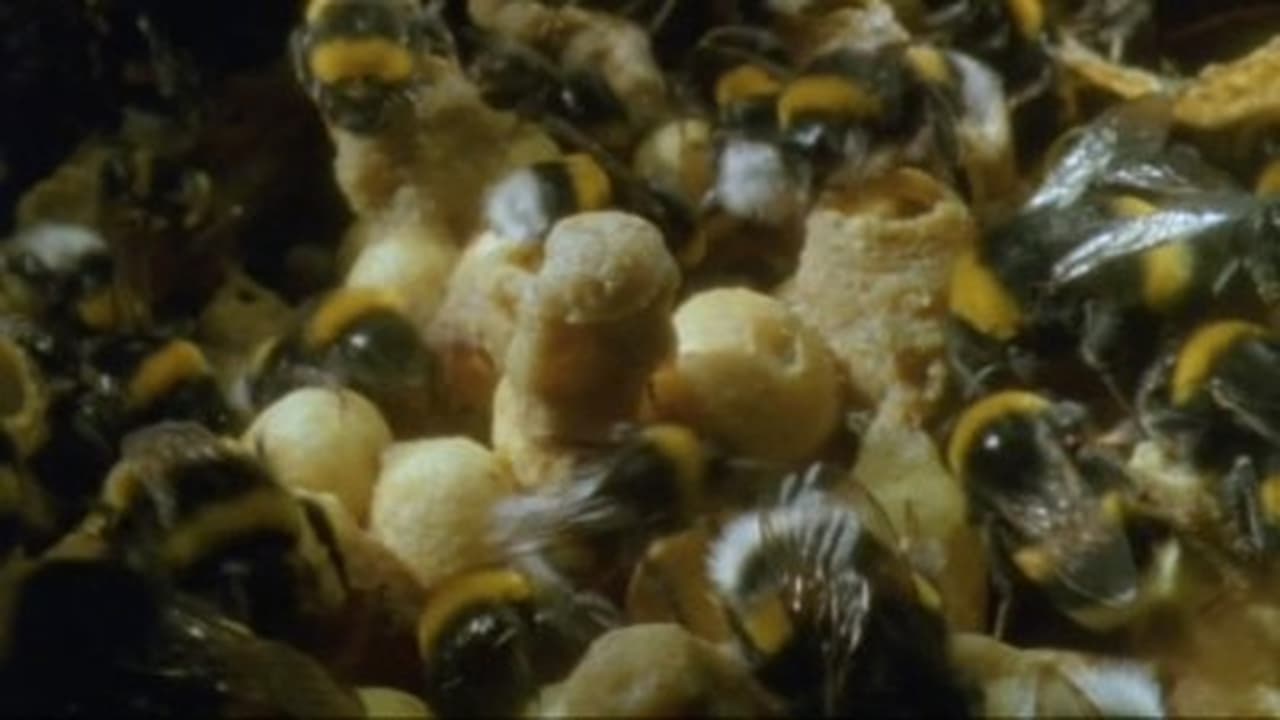«- Back
Where to watch "Life in the Undergrowth"

5. Supersocieties
No release date yet
Some invertebrates have overcome the limitation of their small size by banding together in huge numbers. Many of these societies are so fine-tuned in the way they operate it's as if they were a single being. But insect societies aren't all shining examples of co-operative behaviour. The series ends with two insect armies fighting head on as Matabele ants raid a nearby termite mound. The result is total carnage.

4. Intimate Relations
No release date yet
Ever since they came onto land, the tiny creatures of the undergrowth have been forming alliances and partnerships with each other and with plants. Many of these relationships are staggeringly complex. While some clearly benefit both partners, others most certainly do not. Meet the bot fly which uses smaller house flies as unwitting couriers to carry its eggs to cows, where they hatch and bore into the unsuspecting animal's flesh.

3. The Silk Spinners
No release date yet
Silk is the secret weapon of the undergrowth. From the protective stalks of lacewing eggs, to the hanging threads of glow-worms, insects use it in an amazing variety of ways. Silk is stronger than a steel thread of the same diameter but, unlike steel, it's elastic. Witness the spiders who have taken the use of this extraordinary material to its extremes.

2. Taking To The Air
No release date yet
From the stunning aerobatics of hoverflies in a Bristol garden to the mass migration of purple crow butterflies in Taiwan, this episode tells the story of the winged insects. The latest ultra-slow motion cameras reveal incredible flight skills, such as dragonflies catching their prey and bluebottles flying upside down. While David Attenborugh is on hand to witness the mass emergence of winged cicadas after 17 years underground.

1. Invasion of the Land
No release date yet
Just over 400 million years ago creatures left the seas to move onto land. They were the invertebrates. Since then they have become the most successful group of animals, adapting to every environment on earth. Now, for every human there are 200 million of them. Their largely unseen world is now revealed as David Attenborough tells the story of the land-living invertebrates.
 Amazon
Amazon

























